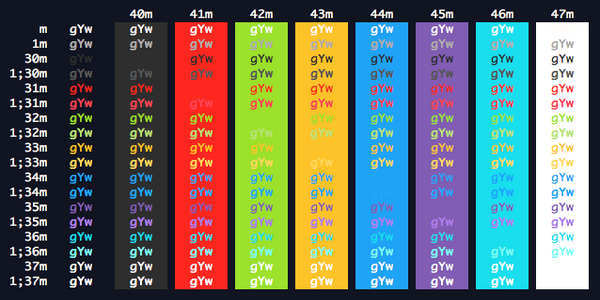

We now want the “oh-my-zsh” feeling!!! So let us proceed and configure this. Upon opening a new terminal, the ZSH configuration wizard, similar to the one shown in the screenshot below, should pop up with some initial ZSH configuration options

chsh -s $(which zsh)Ĭlose the current terminal and open a new one to use your new shell. You can as well simply change your shell using chsh command. For example, to change the default shell for the user koromicha, simply run sudo usermod -s $(which zsh) koromicha Now, to change your shell, you can use usermod or chsh command. With my current shell being bash echo $SHELL /bin/bash To begin the configuration of ZSH on Fedora 32, you need to change your default shell interpreter to ZSH.įor example, I am currently logged in to my Fedora 32 as user koromicha.
#AGNOSTER ITERM THEME INSTALL#
Once the installation is done, you can check the version of the install ZSH by executing the command below zsh -version zsh 5.8 (x86_64-redhat-linux-gnu) Configure ZSH on Fedora 32 Package Architecture Version Repository Size Zsh is available on the default Fedora repositories and hence, you can simply install it by executing the command below dnf install zsh To begin with, update your system packages. See Also Install and Setup ZSH and Oh-My-Zsh on Fedora 32 Run System Update.Enabling Oh-My-Zsh Plugins on Fedora 32.Download and Install Powerlevel10k Oh-My-Zsh Theme.Install Powerlevel10k Oh-My-Zsh Theme on Fedora 32.Install and Configure Oh-my-Zsh on Fedora 32.Install and Setup ZSH and Oh-My-Zsh on Fedora 32.


 0 kommentar(er)
0 kommentar(er)
